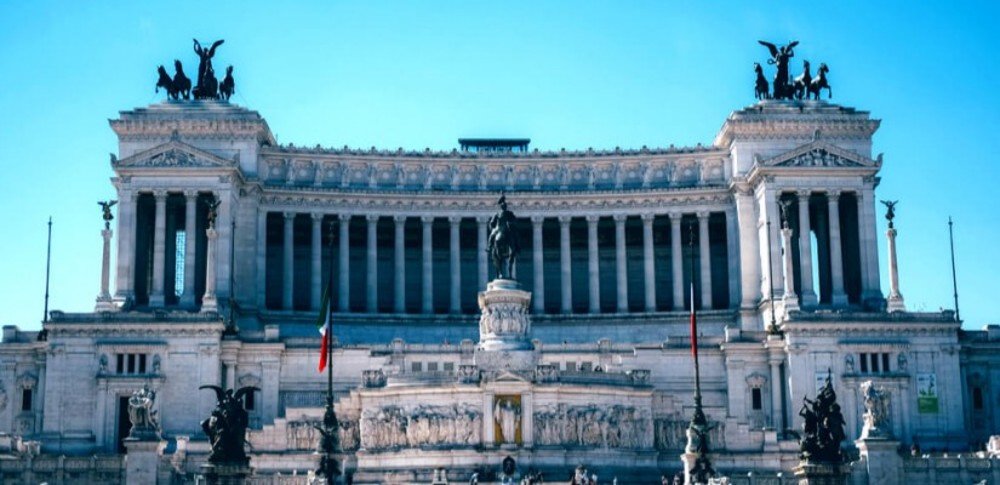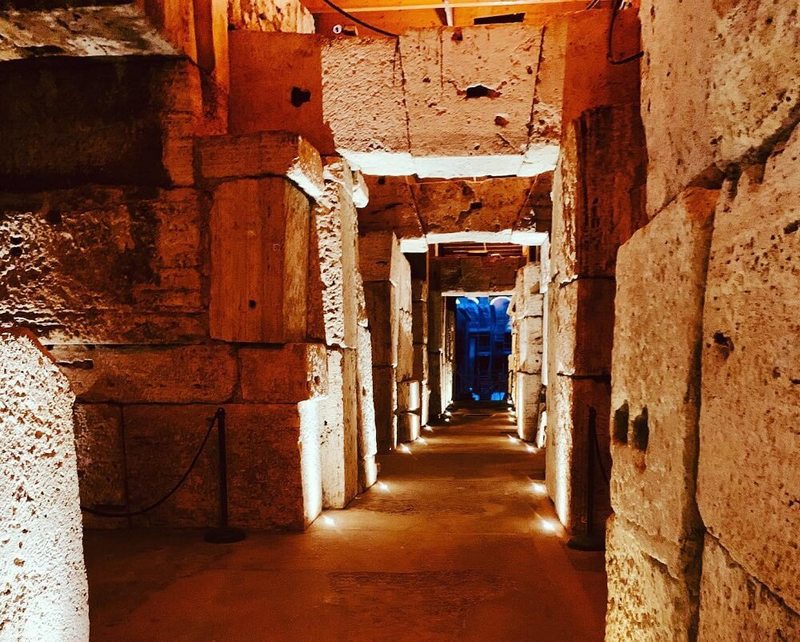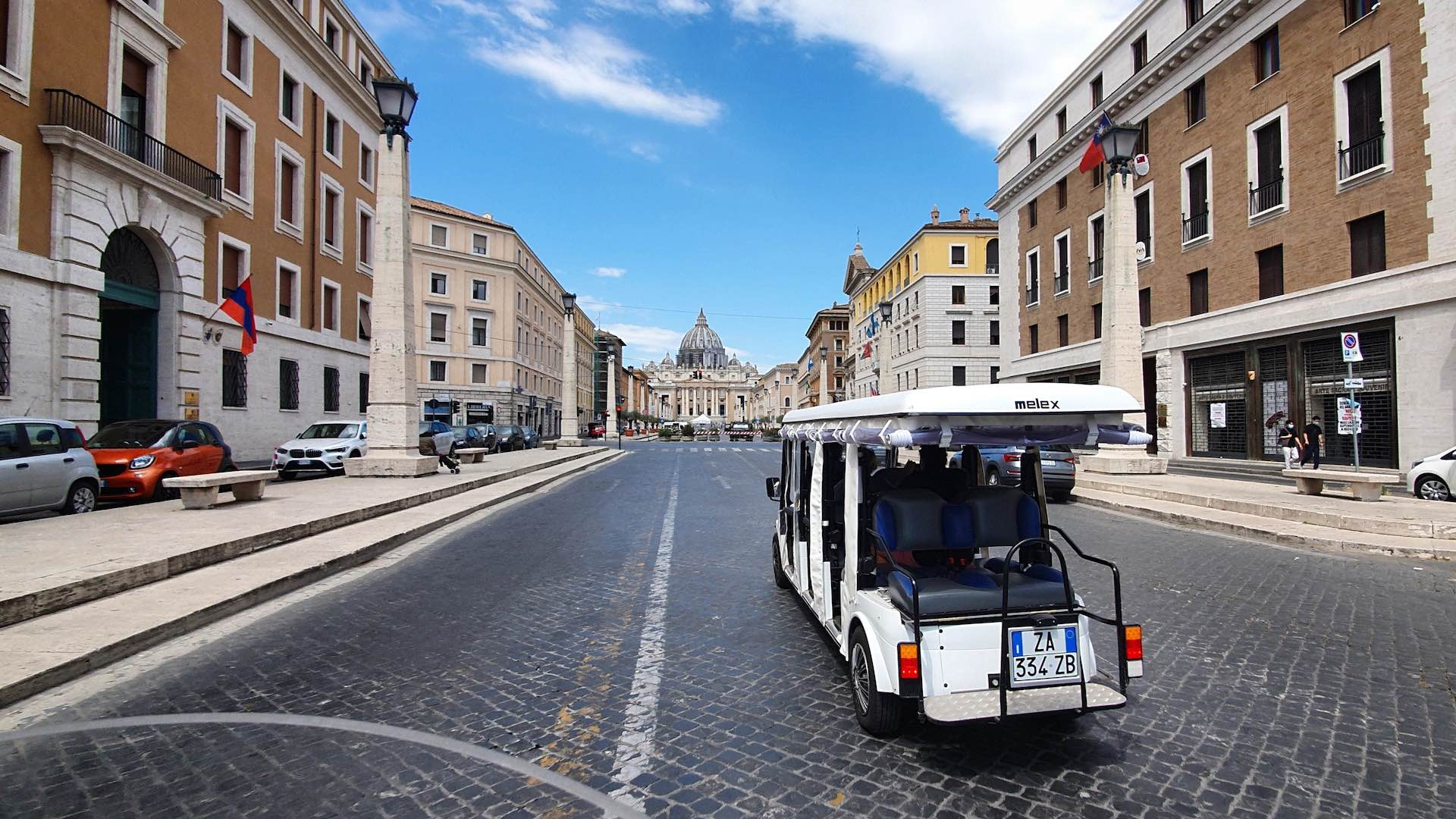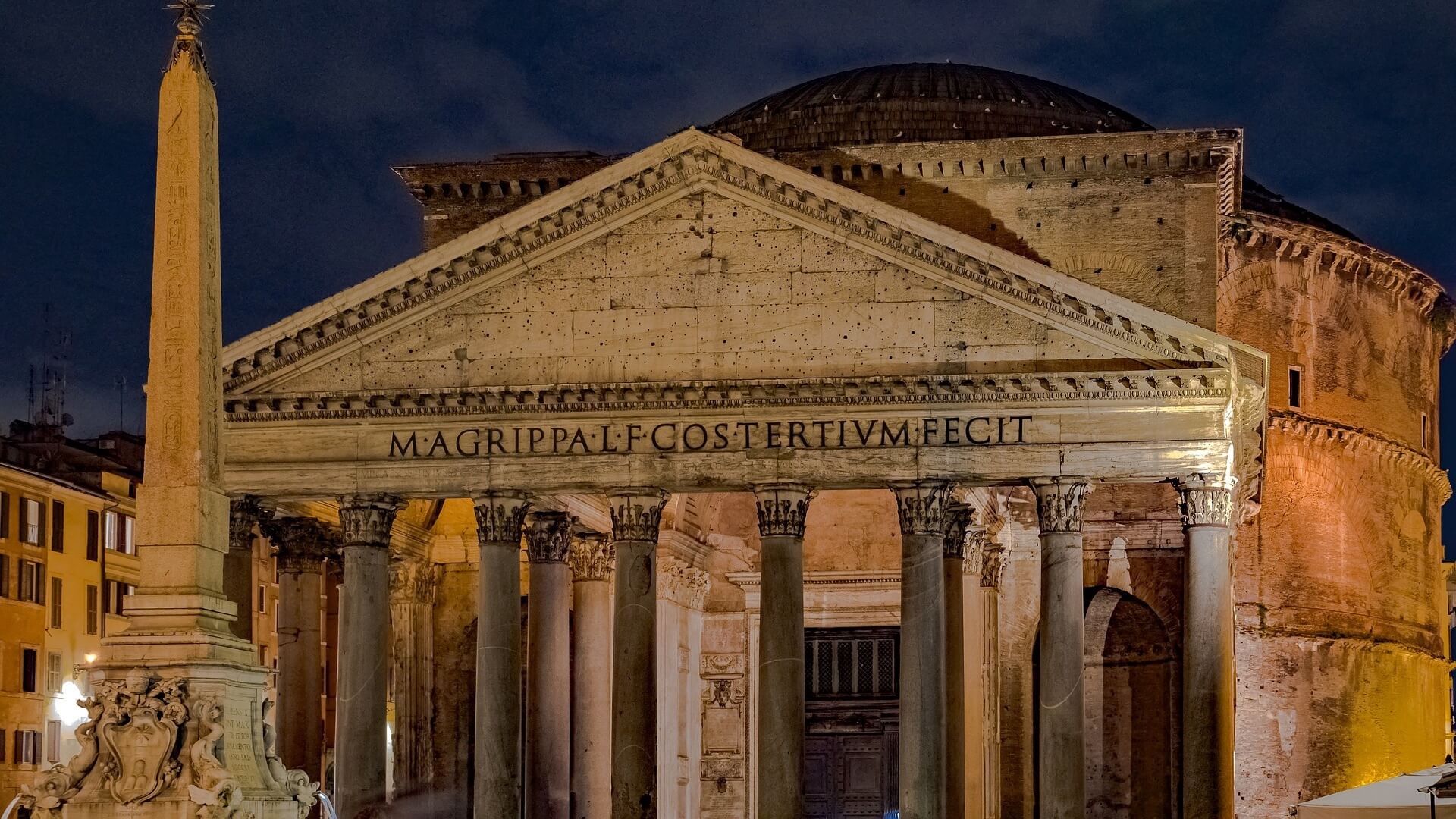Many travellers visit Rome to see the must-see attractions: the Colosseum, the Roman Forum, and the Trevi Fountain being just a few. These are all certainly amazing wonders. Yet there is one monument in Rome’s city centre that leaves a unique, lasting, and polarizing impression: the National Monument of Victor Emmanuel II – otherwise known as the Altare della Patria or the Altar of the Fatherland.
The monument is not to everyone’s liking. Even the city’s inhabitants have come up with names mocking its over-the-top grandeur: the “Wedding Cake”, the “Typewriter”, and – our personal favorite – the “English Trifle”. So what motivated the Italians to build such an ostentatious monument towering over the ruins of their ancient center? Read on to find out.
History
Designed by Giuseppe Sacconi, the Altare della Patria was built to commemorate Italy's unification under Victor Emmanuel II, the first king of Italy.
The monument is situated on the side of the Capitoline Hill, built upon the site of a medieval neighborhood which was razed to make space. Though started in 1885, the Altare della Patria would not be inaugurated until 1911. Even when it was inaugurated it was unfinished, however, as the monument was only actually completed until 1925.
The Altare della Patria is nothing if not big and bold. Built in a Neo-Hellenistic style, it takes the structure of an elevated square right in the heart of Rome above Piazza Venezia. The landmark features a large bronze sculpture of King Vittorio Emanuele II on horseback in the centre flanked on both sides by grand staircases.
There are fountains, numerous large sculptures, mosaics, and massive Corinthian columns of sizes that defy belief. In terms of dimensions, the Altare della Patria boasts a height of 70 meters, not including the extra 11 meters of the quadrigas and Nike - the personification of victory.
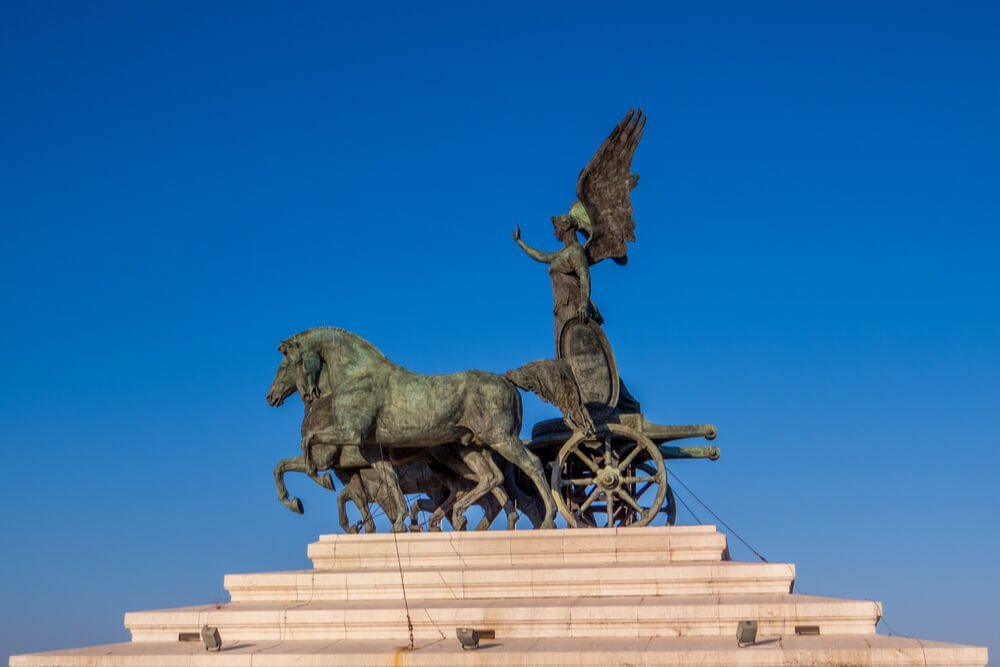
Statue of Nike on the Altare della Patria
In 1921, the Vittoriano was dedicated to the Unknown Soldier. This arose from Italy's role in the World War One, paying tribute to the service of the military forces who had served.
Sacconi's original project had been to create a new forum - much like the Roman and Imperial Forums below - with a museum and a library where the citizenry could meet. The idea was to create a connection between modern Rome, the capital of the new kingdom, and ancient Rome, the capital of the Roman Empire.
During the Fascist Era from the 1920s - 1940s, Mussolini used the grandeur of the Altare della Patria as a background for his rallies, speeches, and other events. Thus it completely lost the original inclusive purpose its architect had intended.
Since the early 2000s, the Altare della Patria has once again become a place for people to meet, greet, and enjoy art and cultural events. Known as the "Complesso del Vittoriano", the modern structure has transformed into a complex of different museums and cultural venues.
Different exhibitions take each month, either in the Ala Brasini or in the Museo del Risorgimento dedicated to the long process of the Italian unification.
Nevertheless, if you want to create lasting memories of the Altar of the Fatherland, don't miss the chance to visit one of the highest and most impressive points of the city: the terraces of the quadrigas.
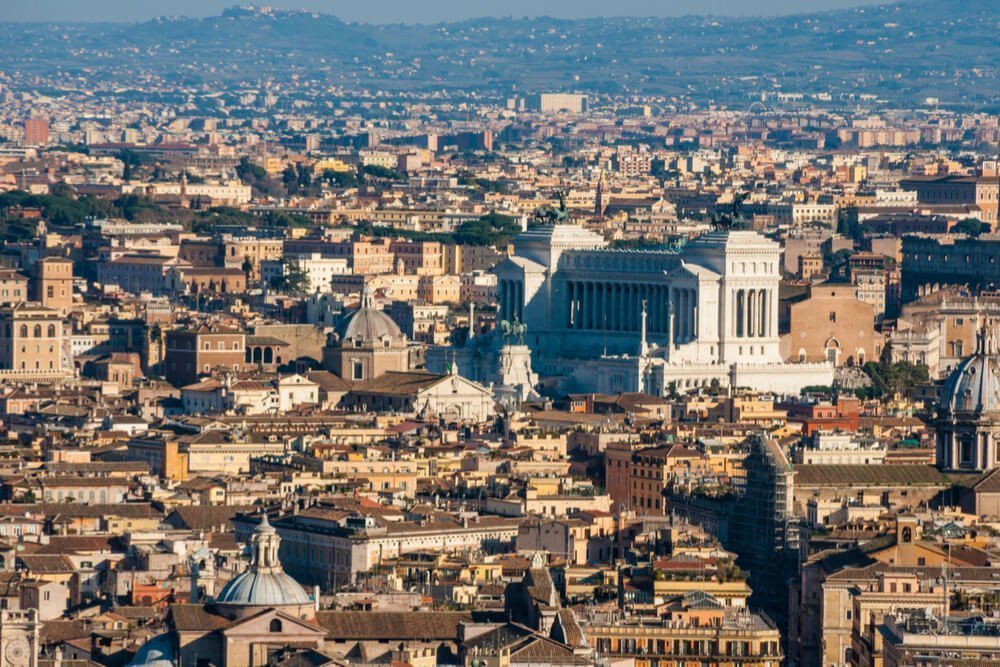
View of the Altare della Patria from the Janiculum Hill
The panoramic elevator, which shoots to the top terrace of the monument right below the Quadriga, offers a spectacular 360 degrees view over the landscape of Rome. And if the monument's garish architecture is too much for you, just think - this is the only place in the city where you don't have to see it!Useful Info
OPENING HOURS: Daily: 9:30 am – 5:30 pm

